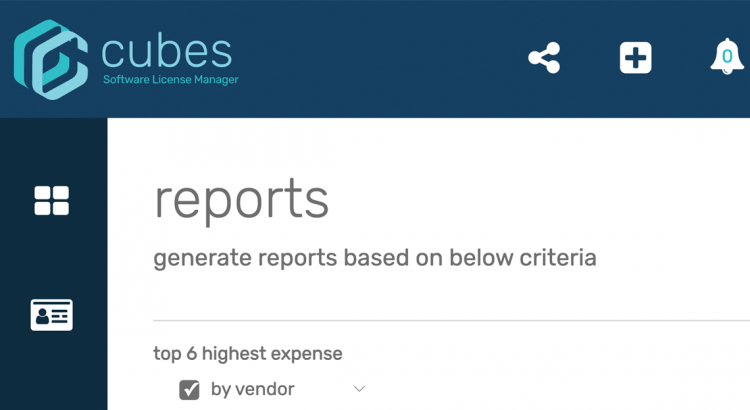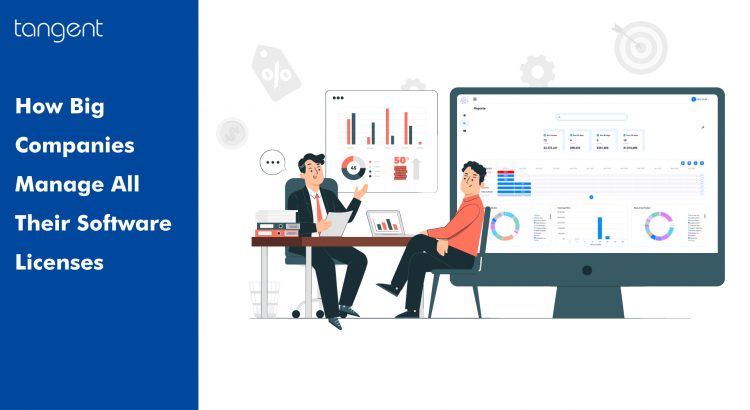Do you know how many software licenses your business has? Do you know how many of those licenses are actually being used? If you don’t, you’re not alone. Many businesses struggle to keep track of their software licenses. However, this can be a problem with a number of avoidable consequences. It is, therefore, important for […]
Tag: software license management tools

License Management Software for Effective Software Asset Management
Software asset management (SAM) is a critical practice for businesses of all sizes. It involves managing and optimizing software assets to ensure compliance, reduce costs, and enhance operational efficiency. However, manual license tracking and compliance can be complex and time-consuming, leading to significant challenges for organizations. This is where license management software comes into play, […]
Stay on Top of All Your Subscription Payments with a Software License Manager
A software license manager helps you manage your subscription payments and stay on top of all your licenses. Learn more about this tool and its benefits. As businesses and individuals increasingly rely on software for their daily operations, managing software licenses and subscription payments can become a tedious and time-consuming task. Failure to manage licenses […]
Cut Business Expenses with a Software License Manager
Discover how a software license manager can help your business save money and optimize your software usage. Learn more about its benefits here. What is a Software License Manager? A software license manager is a tool that helps businesses track and manage their software licenses. It provides an efficient way of managing licenses and helps businesses stay […]

How Big Companies Manage All Their Software Licenses
Have you ever stopped to think about the sheer number of software licenses a large company might have to manage? With hundreds, if not thousands of employees, each with their own devices, programs and applications, the task of keeping track of software licenses is a complex one. According to a recent survey, the average cost […]

4 Benefits from CUBES License Manager
Do you have a good handle on your software license budget? Are you wasting the money that goes towards that budget on unused licenses? Many organizations have (or should have) a Software Asset Management (SAM) program in place as part of their overall business strategy. The goal of this is to help reduce costs, limit […]

Why License Management Tools Are Essential
Having a fully effective Software Asset Management (SAM) program is essential for all organizations, whether big or small. However, one of the biggest challenges is making SAM a priority, placing license management at the bottom of an organization’s “to-do” list. To help you better understand why your organization needs a license management tool, we’ve outlined […]

License Management Software: Is CUBES The Right Fit for Your Business?
Between the plethora of options among subscriptions, SaaS, short-term software, and other licensing, businesses of all shapes and sizes have experienced an exponential change in how software is licensed. While perhaps a decade ago yearly service fees were the norm, managing licenses has become incredibly complex. With these complexities, issues such as unwanted renewal fees, […]
